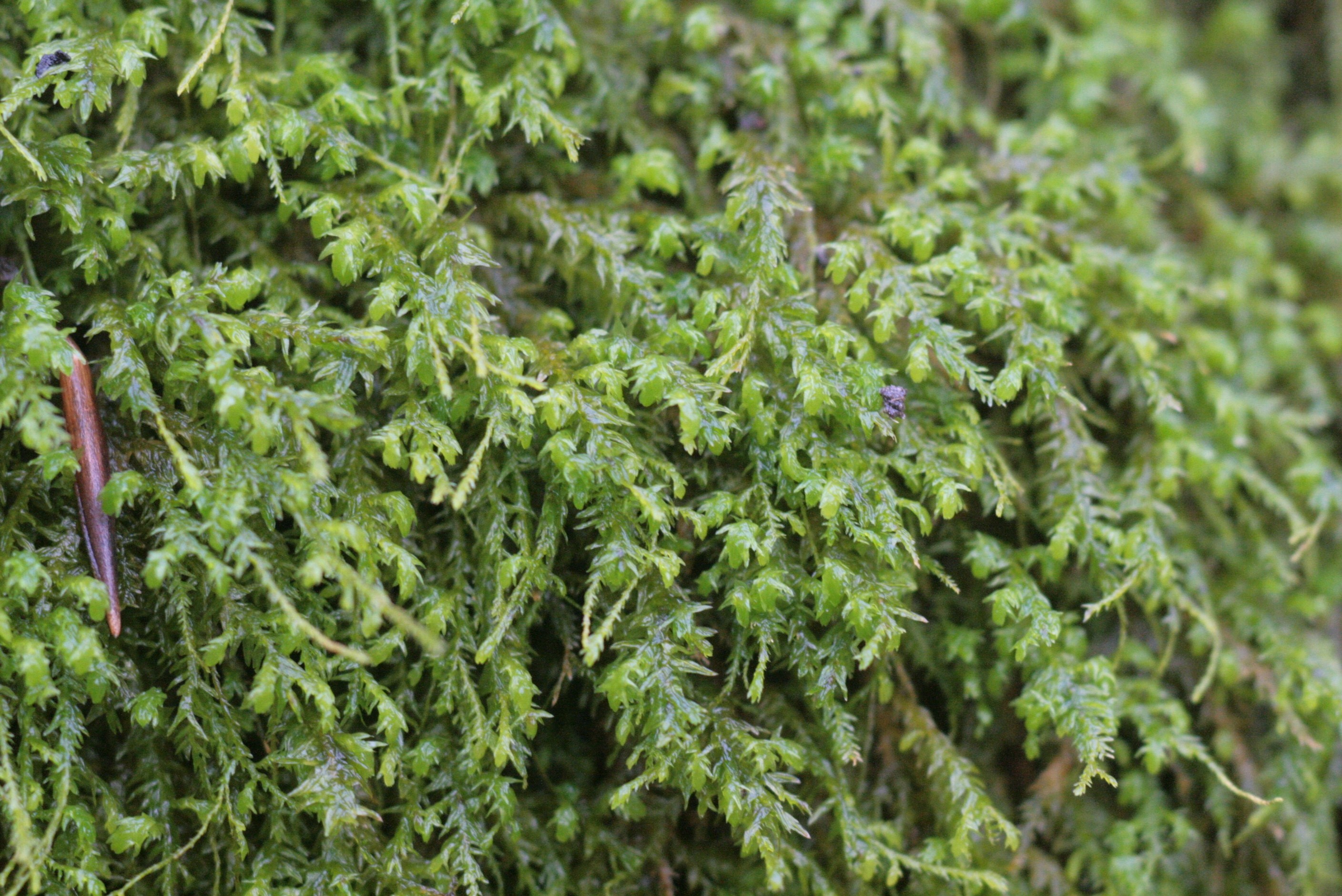This 2017 video is called Ötzi The Iceman. Film documentary.
From PLOS:
Alongside Ötzi the Iceman: A bounty of ancient mosses and liverworts
Frozen flora holds clues to the ancient Alps ecosystem and to the Iceman’s final journey
October 30, 2019
Buried alongside the famous Ötzi the Iceman are at least 75 species of bryophytes — mosses and liverworts — which hold clues to Ötzi’s surroundings, according to a study released October 30, 2019 in the open-access journal PLOS ONE by James Dickson of the University of Glasgow, UK and colleagues at the University of Innsbruck.
Ötzi the Iceman is a remarkable 5,300-year-old human specimen found frozen in ice approximately 3,200 meters above sea level in the Italian Alps. He was frozen alongside his clothing and gear as well as an abundant assemblage of plants and fungi. In this study, Dickson and colleagues aimed to identify the mosses and liverworts preserved alongside the Iceman.
Today, 23 bryophyte species live the area near where Ötzi was found, but inside the ice, the researchers identified thousands of preserved bryophyte fragments representing at least 75 species. It is the only site of such high altitude with bryophytes preserved over thousands of years. Notably, the assemblage includes a variety of mosses ranging from low-elevation to high-elevation species, as well as 10 species of liverworts, which are very rarely preserved in archaeological sites. Only 30% of the identified bryophytes appear to have been local species, with the rest having been transported to the spot in Ötzi’s gut or clothing or by large mammalian herbivores whose droppings ended up frozen alongside the Iceman.
From these remains, the researchers infer that the bryophyte community in the Alps around 5,000 years ago was generally similar to that of today. Furthermore, the non-local species help to confirm the path Ötzi took to his final resting place. Several of the identified moss species thrive today in the lower Schnalstal valley, suggesting that Ötzi traveled along the valley during his ascent. This conclusion is corroborated by previous pollen research, which also pinpointed Schnalstal as the Iceman’s likely route of ascent.
Dickson adds, “Most members of the public are unlikely to be knowledgeable about bryophytes (mosses and liverworts). However, no fewer than 75 species of these important investigative clues were found when the Iceman (aka Ötzi) was removed from the ice. They were recovered as mostly small scraps from the ice around him, from his clothes and gear, and even from his alimentary tract. Those findings prompted the questions: Where did the fragments come from? How precisely did they get there? How do they help our understanding of the Iceman?”






















































































